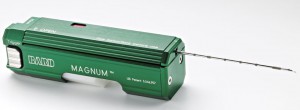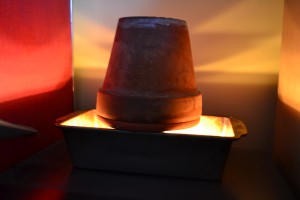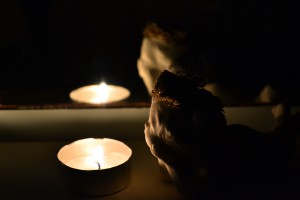I’m a writer and have been for decades. Over that time, I’ve written poetry, fiction, creative non-fiction, non-fiction, a thesis, a dissertation, academic articles, book reviews, reports, case studies, etc. etc. I can switch gears as required, fulfilling the demands of each style and format, but I’m always aware that different types of writing impact me differently, have different working demands, and different after-tastes.
I started in poetry, and am closing in on finishing a new collection. For me, poetry was and always will be the purest, most visceral form of the drug. This is the writing that starts from pure inspiration; it’s a tickle in the back of my brain and I have to hold my breath and gently pull the thread for it to spill out on the page. This is writing that wakes me at three in the morning, that likes me to carry a notebook (the kind with pages, not electronic). This is the form that brings me the biggest buzz, that unmasks me utterly, that leaves me feeling vulnerable and weak in the knees. But also fiercely able to stand by my words, and to take on the world. This is my tiger form (my Chinese year, by the way).
 Increasingly, my fiction has a comic edge; I have one book nearly complete and another about a third written. I get in the flow and giddily write pages and pages, slowing only to research often really obscure facts, like what was the world population during Alexander the Great’s reign? This sort of minutiae fascinates me, but when I come up for air, when my critical brain kicks back in, it can seem somewhat ridiculous to be asking such questions and putting in hours to get answers. This is, it would seem, the way my mind works. I’m the curious sort. I get a huge kick from writing fiction, creating self-contained worlds, but somehow making them real by connecting them to reality. This is my young tapir form (kind of goofy, but cute).
Increasingly, my fiction has a comic edge; I have one book nearly complete and another about a third written. I get in the flow and giddily write pages and pages, slowing only to research often really obscure facts, like what was the world population during Alexander the Great’s reign? This sort of minutiae fascinates me, but when I come up for air, when my critical brain kicks back in, it can seem somewhat ridiculous to be asking such questions and putting in hours to get answers. This is, it would seem, the way my mind works. I’m the curious sort. I get a huge kick from writing fiction, creating self-contained worlds, but somehow making them real by connecting them to reality. This is my young tapir form (kind of goofy, but cute).
In creative non-fiction, I have one book in process; it’s about my Dad’s death. Whenever I try working on it, I end up weeping full-bodied sobs. I set it aside for years at a time, in the hope that one day I’ll be able to finish it. Because it’s so raw, it’s impossible for me to get any critical distance, to tell whether it’ll be as powerful for a reader as it is for me. At some point, I’ll have to show it to an editor or six who will be able to tell me. Regardless, it is a book I will need to resolve for my own sake. Striped, yes, but more somber and regal, more endangered, like an okapi; or horned, like a bongo or a kudu.
The academic and business writing fall into a similar category in terms of process. This is just work. Purely rational. Although I get very excited about ideas, it’s still somehow seen as inappropriate to express this through academic writing. The odd time when inspiration strikes, when I get into the flow, and become more creative in my word use, some other academic comes along and tells me to knock it off. I am hopeful, that as I gain my professional stripes in the academic world, I’ll be able to get away with more. But this style of writing, using only intellectual process and not creative, is purely black and white. Not that that’s a bad thing, but I don’t get quite the same invigoration from it as I do from the creative work. It takes a lot of time and energy, and doesn’t give as much back. The satisfaction derived is purely intellectual, not emotional.
When I started my PhD, I felt very schizoid, with my creative side effectively amputated, focussing purely on the academic. As I’ve progressed, I’ve begun to see these two halves reunite. I’m learning how the creative and the intellectual can coalesce quite nicely, how I can write academically appeasing work that also fulfills the creative urge, how I can bring a creative spark to my academic writing. I also think that academic rigour brings a greater depth and richness to the creative work, as well as a necessary sense of discipline. Between the creative and academic work, I have a lot of exciting ideas on the go. Now I just have to create the time to write them all!
Catherine Jenkins 2016 all rights reserved
All images public domain










